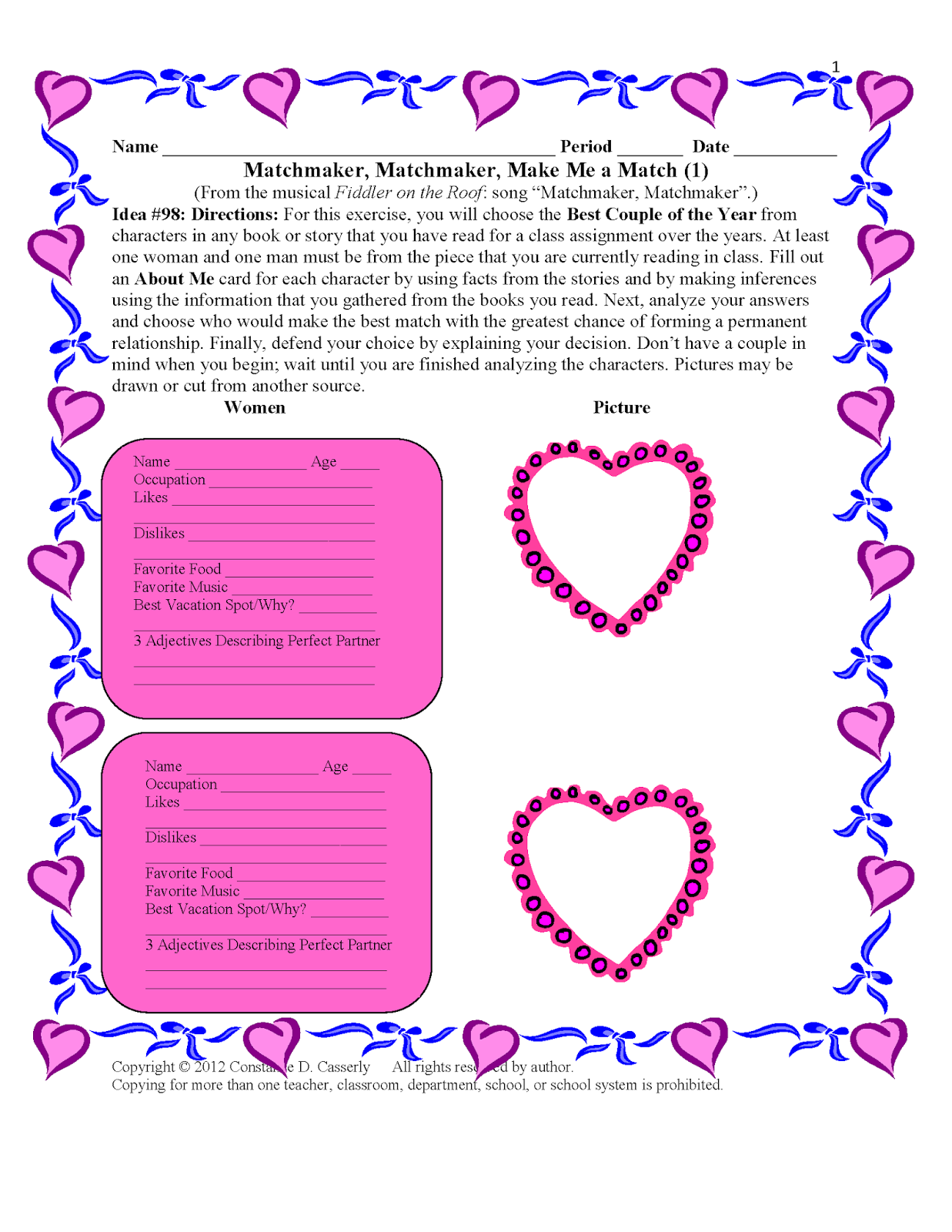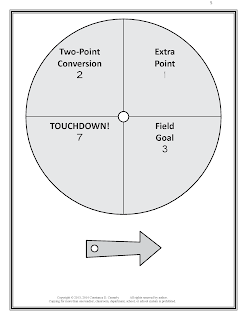Recently, Kim T, a teacher, posted a request in a NCTE
LinkedIn group for ideas that she could use with her urban students who hate to
write. Kim is trying to morph her charges from reluctant writers to authors
eager to do the keyboard dance, or to put pen to paper. Her plight reminds me of
my first teaching experience in a boys reform school. Like her, four+ decades
ago, I also faced adolescents who were below average in academic skills but
highly proficient in their animosity for writing.
My lifesaver for reaching the students in my care who were
loath to learning came in a blurb about a book, The Me Nobody Knows, by Stephen Joseph, a New York City public
school teacher. I found it in a student newsletter from Scholastic- Scholastic Scope or Scholastic Action? After so
many years, I can’t remember which periodical it was. What remains important is the fact that this
book, a compilation of essays Mr. Joseph collected from his poverty-stricken
inner-city students who exuded anger and alienation from the world around them,
opened my eyes to a way I could empower my equally alienated students to want
to write.
And write they did. Joe explained how he never had a
meaningful male role model in his essay on fathers when he said, “How could I
respect someone who only came around to take my Mama’s money on Welfare check
day?”
William, AKA Cool,
purportedly the most street-smart boy in the program, actually cried when he wrote about his fears for the day the
courts would return him to the streets. “I’ve changed since I’ve been here. But
the boys on the street would rather see me dead than changed.”
How can this book, one that was turned into a Broadway
rock-musical which won an Obie in 1970, a book over 50 years old, be a catalyst
for reluctant writers today?
Because all teenagers-no matter their economic, geographic
or social backgrounds-wrap their anger, their angst, their sorrows and apprehensions
in thin cloaks of hope and optimism.
Because prompts written by adults more interested in how kids write than what they write don’t offer the necessary emotional hook. They will
never cause students to cry, “Oh, please. Let me write.”
Because adolescents need to experience the catharsis that
comes from writing from the heart- from the “me nobody knows but I wish they
did”.
Like the teens whose work appears in this book, all
adolescents love to
- Talk about themselves
- Persuade others to their way of thinking/believing
- Argue about anything that touches or that could
touch their lives
- Express their opinions on pretty much any aspect
of life
- Analyze the weaknesses, foibles, faults of
schools, parents, families, politics, communities- pretty much any aspect of
their lives.
Hmm, don’t these goals match up with any basic writing
program? I think so. That’s why books like The
Me Nobody Knows are relevant and viable in today’s standards-based schools.
Be they follow Common Core or state mandated writing programs, teachers don’t
have to be concerned that topics like those offered in this essay compilation will
only lead only to personal narratives.
After Contemporary Joe
expresses his anger for the lack of a strong father figure in his life, his
teacher could lead him to research and write about programs in his area that
addresses this need. Maybe Contemporary
Joe won’t find one that he feels is realistic. In that case his teacher may
then guide him to use his research to create one that he feels is workable, one
which he can present to community officials.
Today’s Coolest
guy on campus could compare and contrast his experiences with peers (and
adults) who fear change with a few characters from stories he has read. He
might want to write an argument on why some people find change so hard to
accept, with factual research to support his points.
No matter how often students shove away anyone who tries to
scratch the surface of their protective shields, and who might repudiate any
assignment that smacks of writing, every adolescent desires the chance to show
the world, the “me I want you to know”.
Many teachers have compiled books that showcase their students' writing. If you cannot find them, check out Amazon.com for The Me Nobody Knows: Children's Voices from the Ghetto by Stephen Joseph. The writers that Joseph included in his book are probably in their 6th decade today. That won't matter to todays' youth. The thoughts in these young writers hearts are timeless and universal. Any adolescent will identify with their writing.
I say this because Joseph's book remained a prime resource for me in my 30+ years of teaching, from the first two years when I taught in the reform school to the almost three decades that I led a classroom in suburban schools. In all of these academic venues, the adolescent voices in this book spoke to my students who came from all types of economic and geographic environments, and who revealed academic skills from below average to highly proficient.
As for how this type of narrative writing will lead to
standards proficiency, given time and opportunity, the what will always lead to the how.
As William Forrester said in Finding
Forrester, and I paraphrase, “First write from the heart- then from the
head.”
Maybe your compilation of your students’ writing will become
this generation’s, The Me Nobody Knows.
NOTE: If you choose to purchase this book, make sure that you buy The Me Nobody Knows by Stephen Joseph.
Happy Teaching,


















